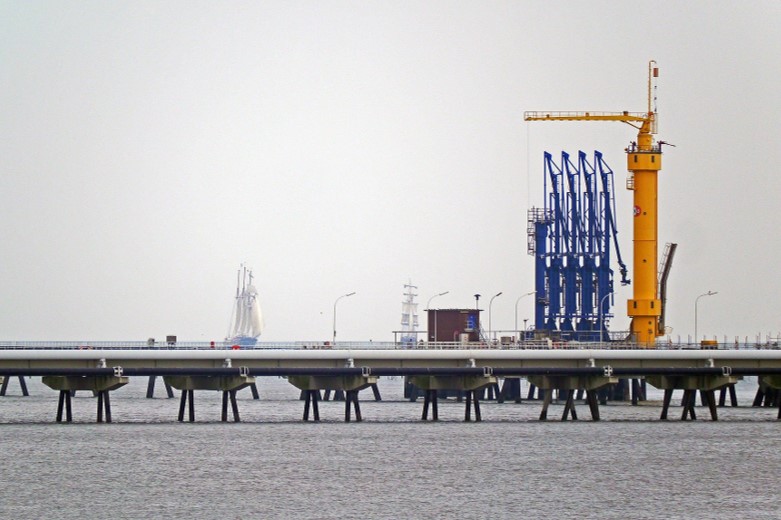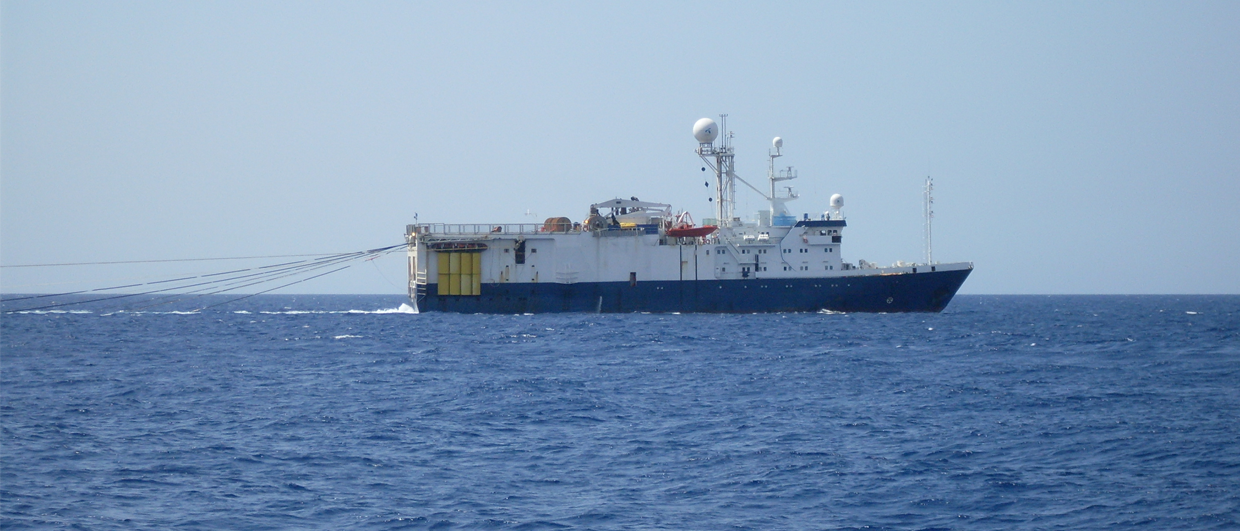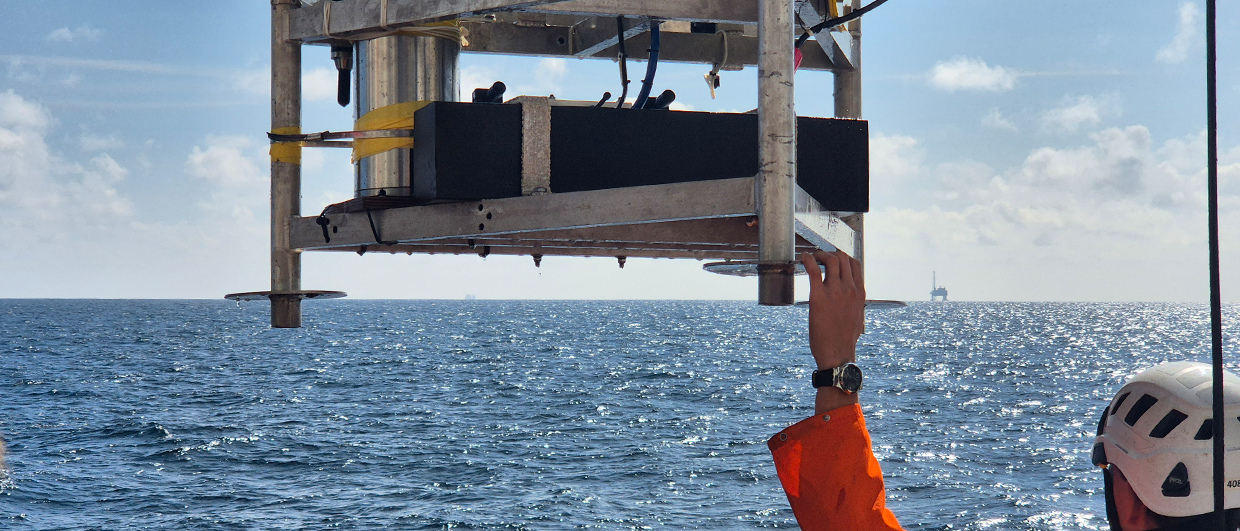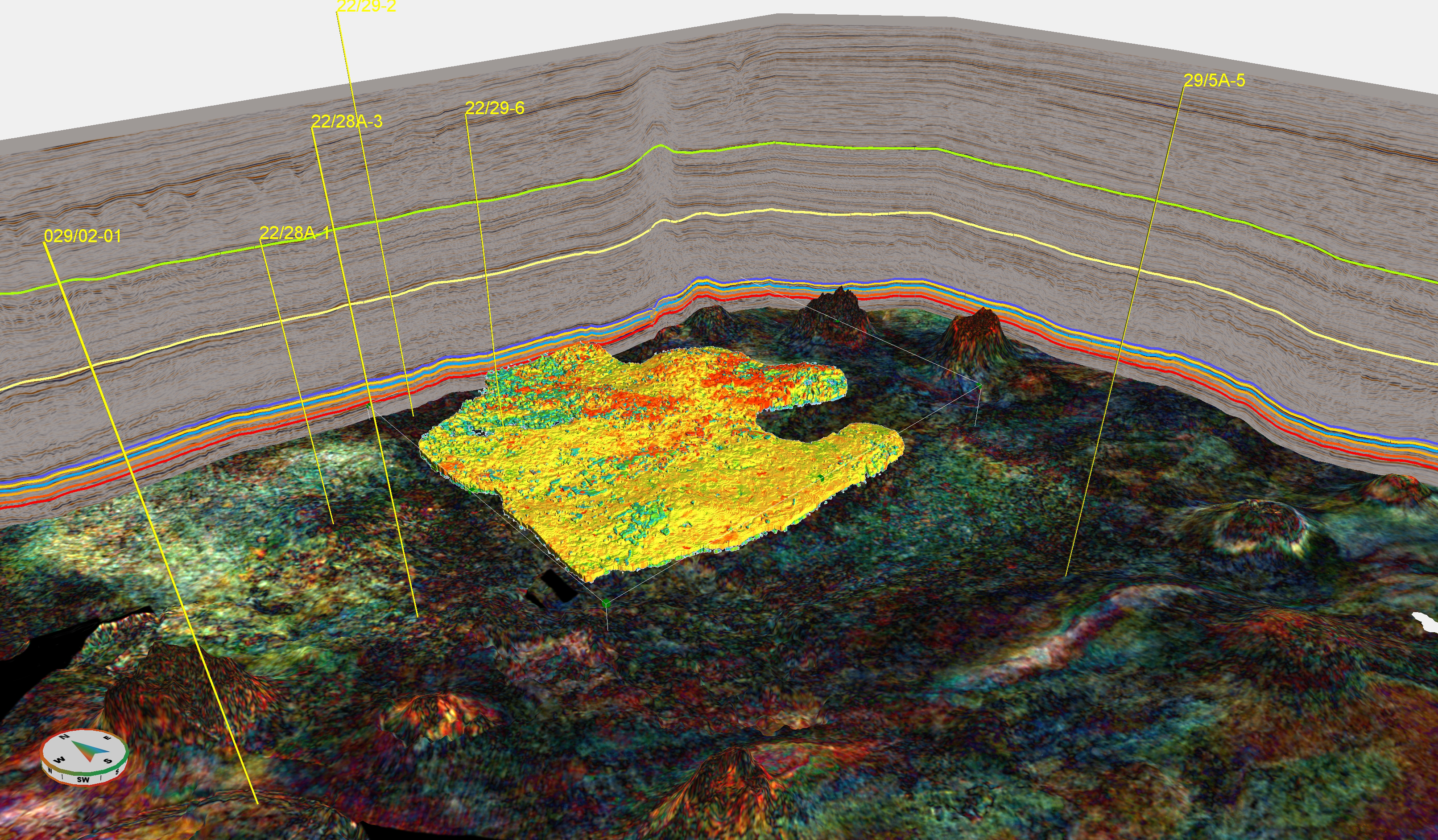In a recent article published in GeoExpro it is stated that in 2019, a total of 150 billion cubic metres (BCM) of gas was flared on a global basis. That equates to almost 950 MMboe, or the volume equivalent of around 25 average present-day North Sea discoveries going to waste every year. It is also more than a major exporting country as Norway produces in gas annually (around 750 MMboe).
The top three countries in terms of flaring are Russia, Iraq and the USA, who together burnt through a total of 374 MMboe in 2019. A country that is doing well though is Saudi Arabia (13 MMboe in 2019), where the government decided to create a new petrochemicals business from waste gas.
Even though the European Union accounts for only 0.17% of global routine gas flaring, the process has become more of a focus in the North Sea more recently. As an example, this year the OGA announced that in 2020 flaring on the UKCS has been reduced by 22% to 0.93 BCM or 5.9 MMboe.
Although the effect of a Covid-related reduction planned shutdowns and associated flaring is one of the factors contributing to less flaring, the OGA does re-iterate that the use of flare-reduction technology on some platforms also played a part. The UK is still far removed from Norway though, where non-emergency flaring has been prohibited since 1972 already. This has led to Norway flaring around 10 times less than the UK.
In the Netherlands, a country that already had very low flaring rates –it is very much a gas-producing nation at the end of the day – an agreement between the government and the trade organisation NOGEPA in 2020 comprised a further 50% reduction in total offshore methane emissions in two years to a volume of 4,281 tonnes, which equates to around 0.04 MMboe.
If there is one conclusion to draw from this, it is the fact that indigenous oil production has a much lower flaring footprint than oil imported from Russia, Iraq or the USA.
Transport
Whilst flaring is surely a source of emission that needs to be addressed, transport of gas also has a significant methane footprint. For instance, TNO reported that transport and distribution account for 49% of the total methane emissions related to oil and gas sector emissions.
The longer the transport route, the more emissions are likely to take place. This is another important reason as to why domestic production should favour gas produced far afield, a point that the Irish E&P community is making time and again in an attempt to reverse the ban on oil and gas exploration. In the latest publication along these lines, Tom O’Brien from Nephin Energy argues in the Sunday Times that gas imported from the UK has 4 to 13 times the carbon intensity of natural gas imported from the Corrib field off the Irish west coast.
Similarly, the discussion around gas imported from Russia, with an estimated 30% higher emission tag, may well have contributed to the Dutch government being more receptive to the idea of continued exploration especially in the offshore.
HENK KOMBRINK





